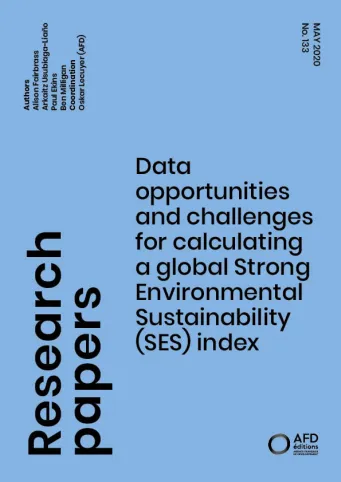Share the page
Data opportunities and challenges for calculating a global Strong Environmental Sustainability (SES) index
Published on

The Environmental Sustainability Gap (ESGAP) framework sets the basis to measure countries’ environmental sustainability performance, based on standards meant to represent the situation at which natural capital can maintain its functions over time. It is composed of 22 indicators, all supported by scientific standards of environmental sustainability, that can ultimately be aggregated into a single index that represents absolute environmental sustainability performance or progress over time, the Strong Environmental Sustainability (SES) index.
Here we present the results of a review of global environmental data to assess the feasibility of implementing the ESGAP framework in all countries, at different stages of development. We assess feasibility in terms of the availability of global environmental data, and in the absence of data used for the SES indicators suggest related proxy indicators that are supported by global environmental data. This use of proxy indicators permits the construction for each country of a globally applicable SES index.
Useful Information
-
Authors
-
Alison FAIRBRASS, Arkaitz USUBIAGA-LIANO, Paul EKINS, Ben MILLIGAN
-
Coordinators
-
Edition
-
133
-
Number of pages
-
64
-
ISSN
-
2492 - 2846
-
Collection
-
Research Papers
